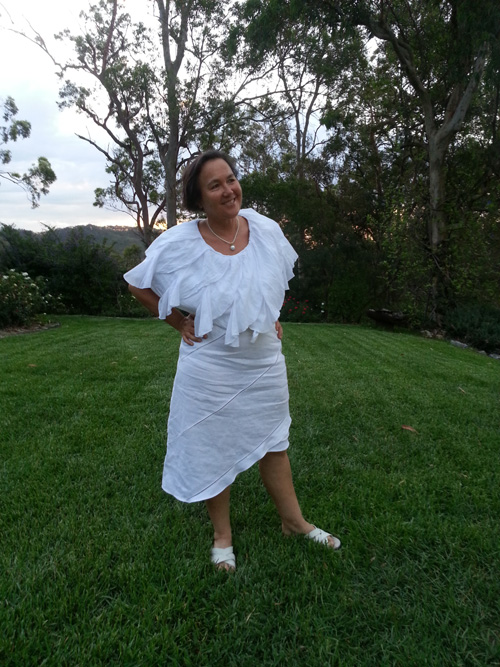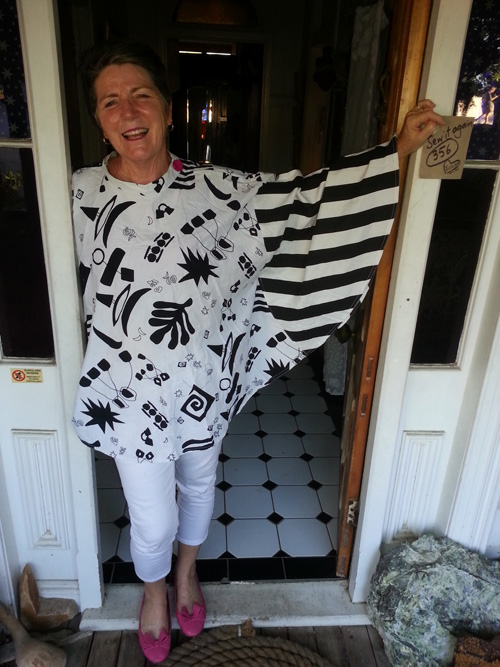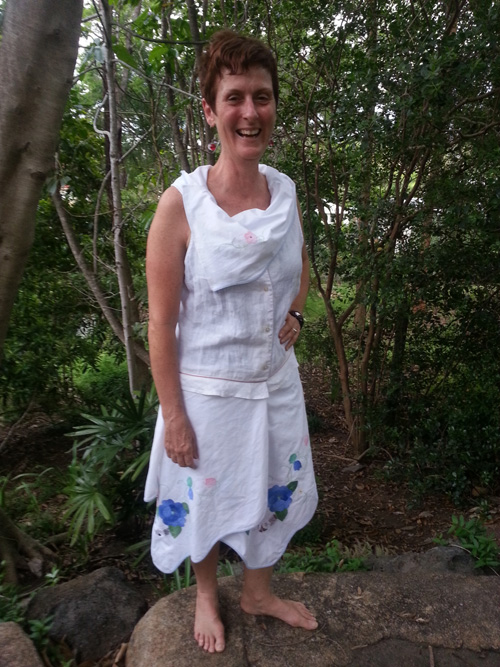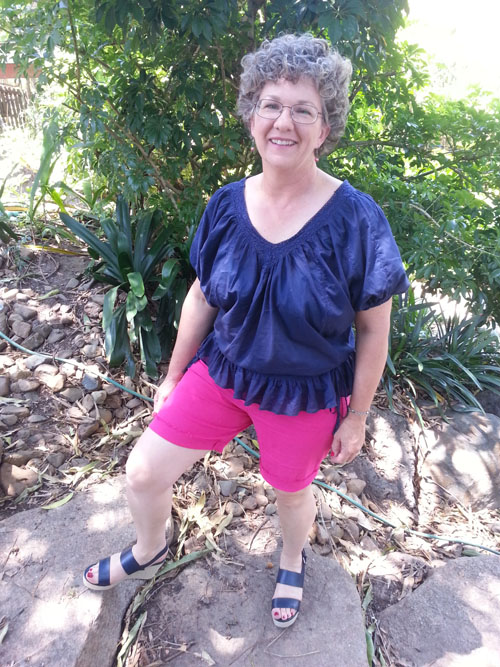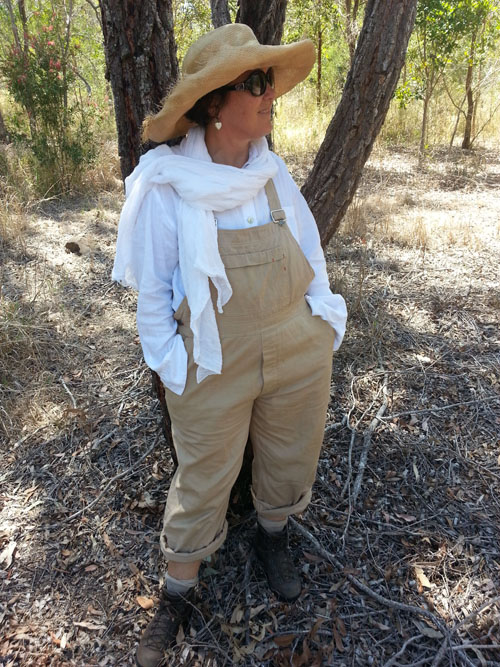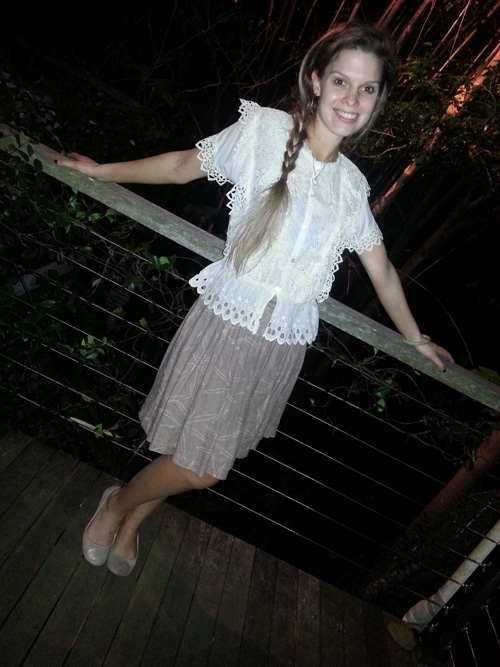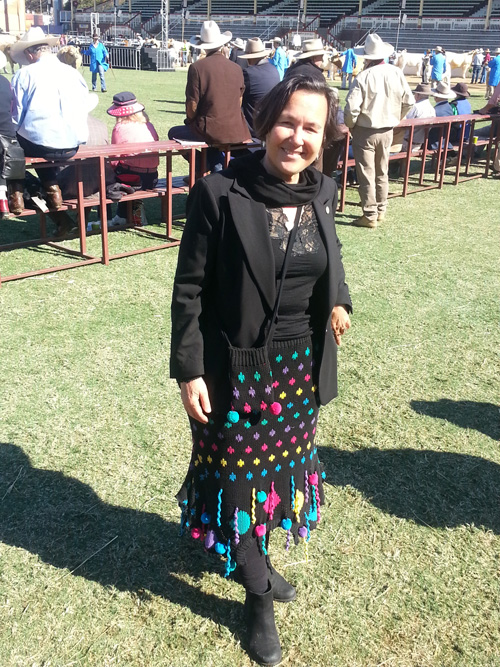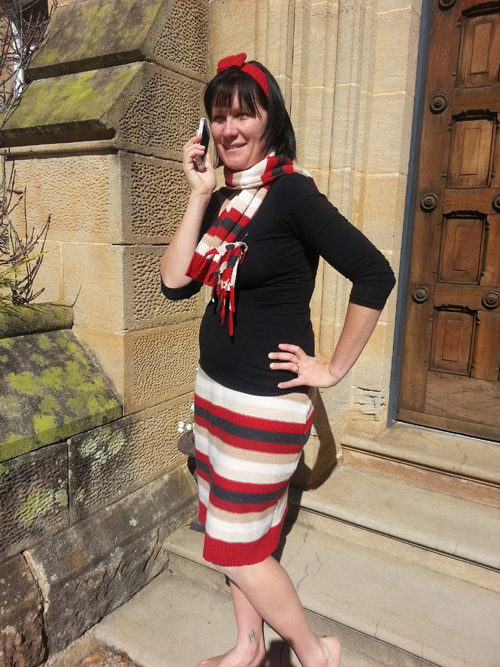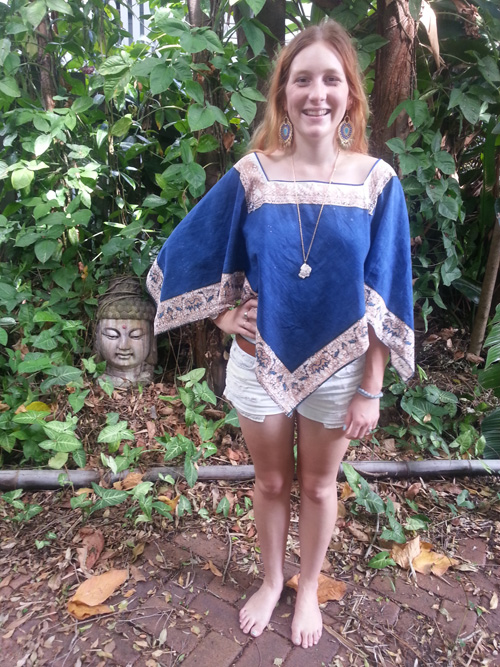 Today I thank the many upcyclers and models I’ve had the opportunity to work with during this Sew it Again year.
Today I thank the many upcyclers and models I’ve had the opportunity to work with during this Sew it Again year.
Looking back at the 360 photos (to date) taken during the year pinned here on Pinterest is a great reminder of the breadth of both old and young who’ve been involved with the project.
Upcycling appeals across generations and of course was a practise routinely undertaken in earlier times when clothing was valued for the natural resources it represents. People refashioned and reshaped, mended and passed clothes along as hand-me-downs.
We’ve been reclaiming some of that conscious and conservative culture during 2014 – and I thank those who have been part of the journey by engaging in workshops at various locations or at the Textile Beat studio in Brisbane Australia. Continue reading
